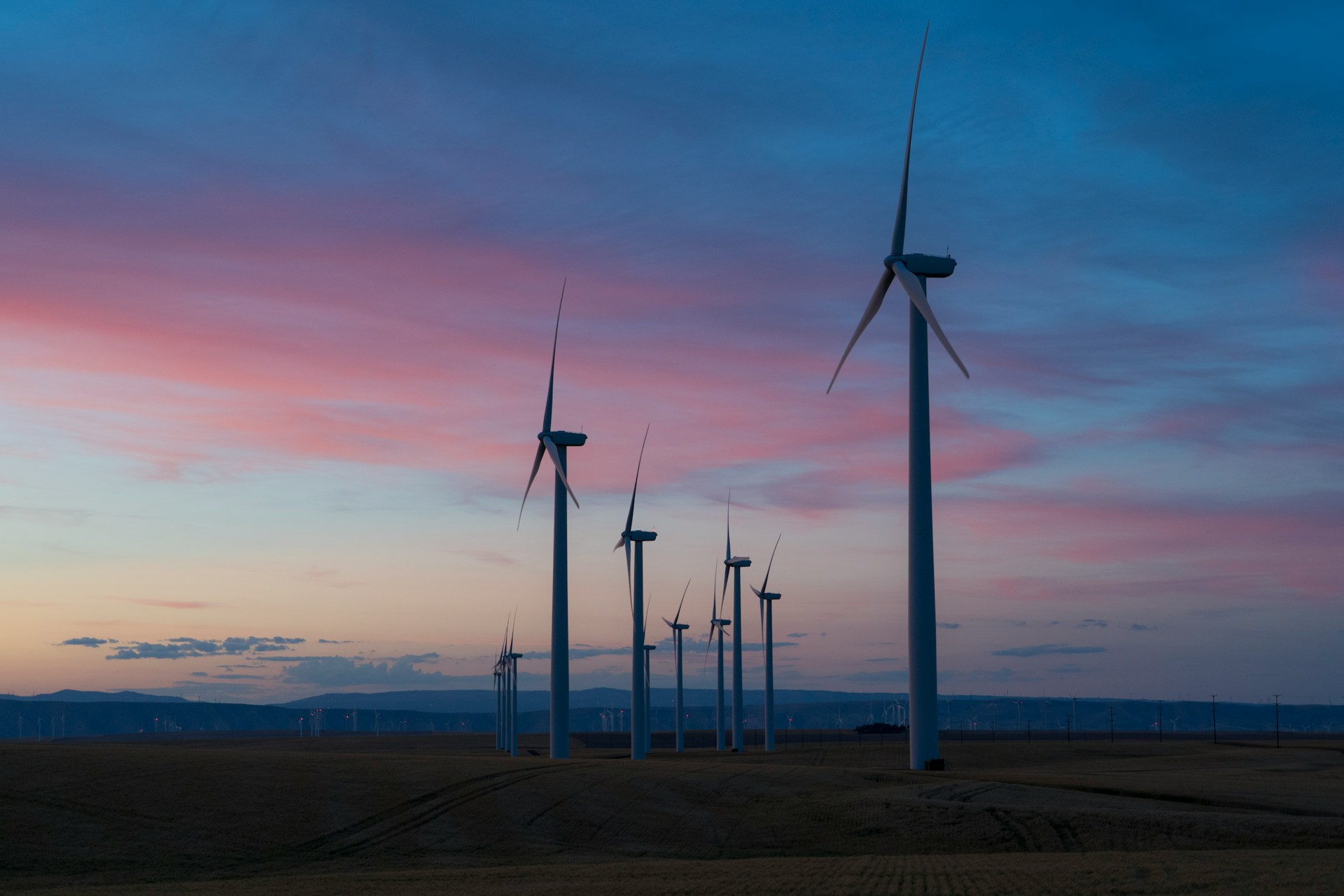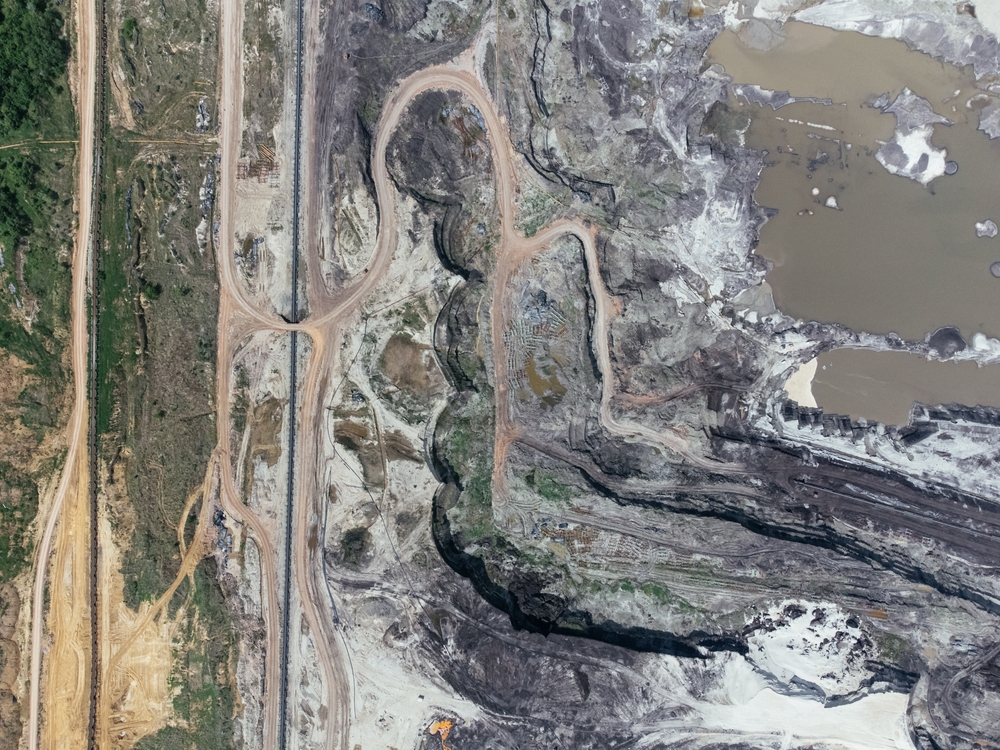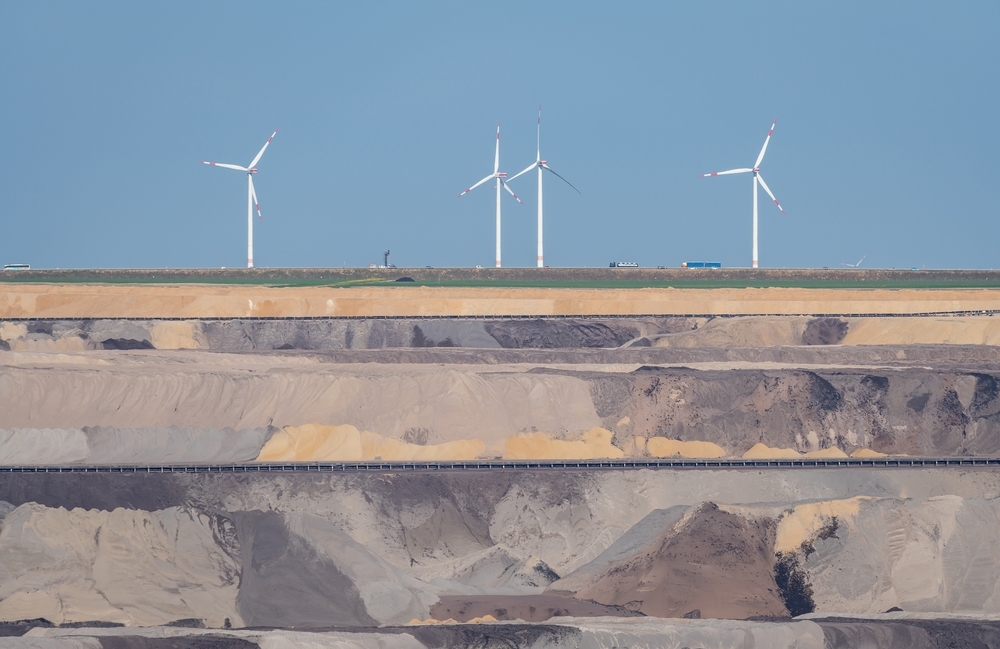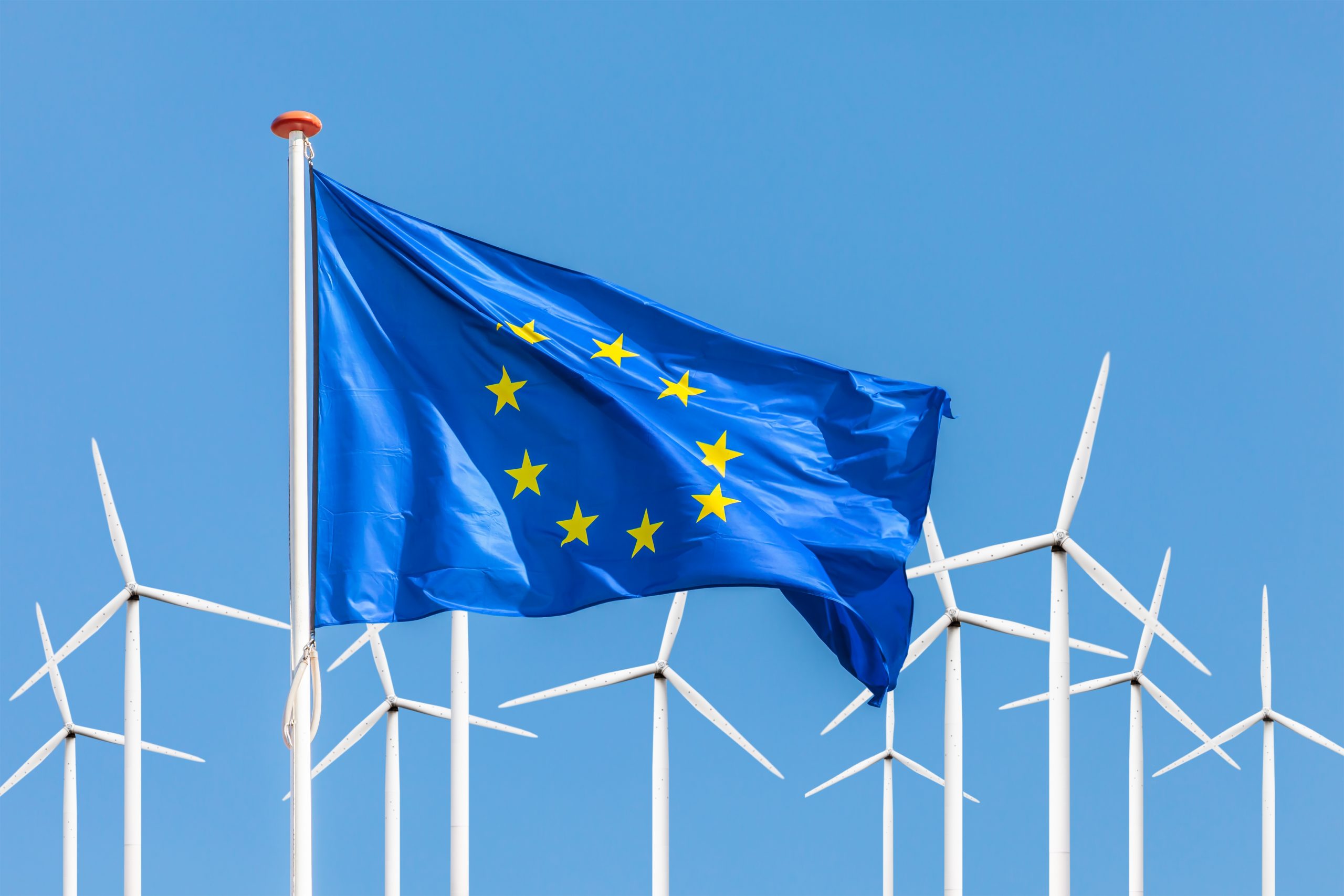Green Deal Tracker
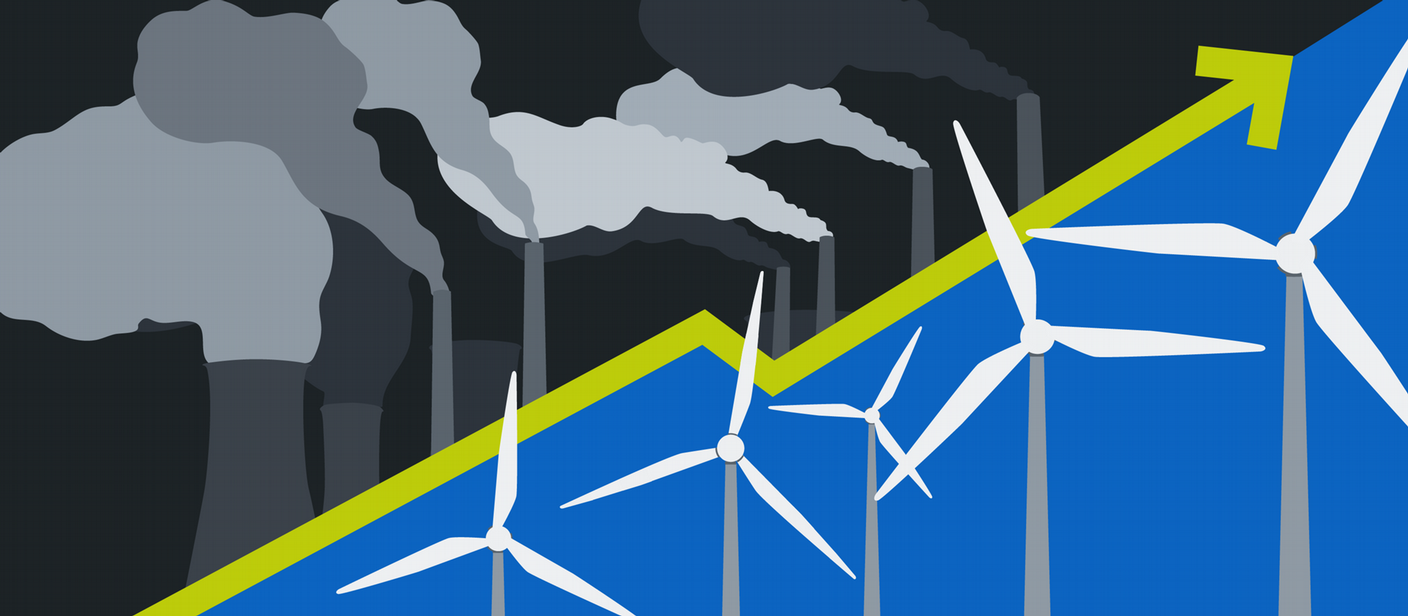
greendeal
© Deutsche Welle
Europe will be the world’s first climate-neutral continent by 2050 – or at least, this was the promise made by the European Union back in 2019, when the so-called European Green Deal was announced.
But since this ambitious goal was mentioned for the first time, Covid-19 happened, and then the Russian invasion of Ukraine with the energy crisis associated with it. So, how has the European Green Deal been progressing so far? How close is the European Union to reaching its targets?
Main findings:
- Emissions: current policies from member states look set to bring down emissions by just 36%-47%. Way larger cuts would be needed in order to keep global warming to 1.5°C by the end of the century.
- Energy: the EU aims to increase its energy production from renewable sources from 22% to 45% by the end of this decade. Member states are still lobbying for a 40% target instead.
- Buildings: buildings should be run on 49% renewable energy by 2030, mainly through the installation of heat pumps. In order to reach the target, the pace of pump installations would have to double.
- Transports: the European Commission intends to cut the average CO2 emissions from new cars by 55% by 2030, before hitting zero by 2035. Experts say the target is achievable, but countries such as Germany and Italy have pushed back on it.
- Agriculture: two-thirds of agriculture emissions in Europe come from animals. The EU plans to bring in sustainable feed additives to cut methane from cows and reduce the use of deforested land to feed livestock, but the shift cannot happen without a change in people’s diets.
Stories
With its goal of carbon neutrality by 2050, the European Green Deal is crucial to the EU's green transition policy. But how should we gauge the progress made in implementing the pact’s various objectives? Economists from the Observatoire Français des Conjonctures Économiques have developed a tool that allows everyone to monitor the real-life progress being made towards the Green Deal’s medium-term targets.
April 29, 2024
To eventually access the European Union, the Western Balkans have to align their legislation with EU law. This includes the Green Deal, which commits countries to net zero greenhouse gas emissions by 2050. However, there’s still quite a long way to go for the Western Balkans in their progress towards the green transition.
July 14, 2023
Europe's biggest polluter is ditching targets in its climate law to cut emissions – after mixed progress toward reaching those goals. The transport sector is struggling the most, while waste has already passed its target.
July 12, 2023
The European Green Deal sets a series of ambitious targets for achieving climate neutrality by 2050. With other EDJNet partners, under the direction of Deutsche Welle, Openpolis checked the progress of individual countries.
March 28, 2023
Under pressure to reach net-zero greenhouse gas emissions by 2050, the European Union is pushing policies to clean up its economy. We have tracked the achievements and prospects of the EU's Green Deal targets.
March 24, 2023
The data unit
 Ajit Niranjan (Deutsche Welle, coordinator) is a freelance climate reporter working for Deutsche Welle.
Ajit Niranjan (Deutsche Welle, coordinator) is a freelance climate reporter working for Deutsche Welle.

